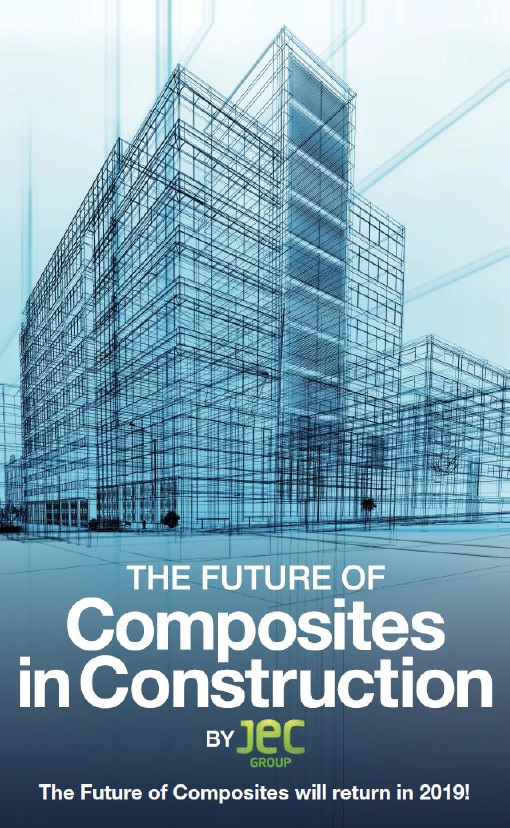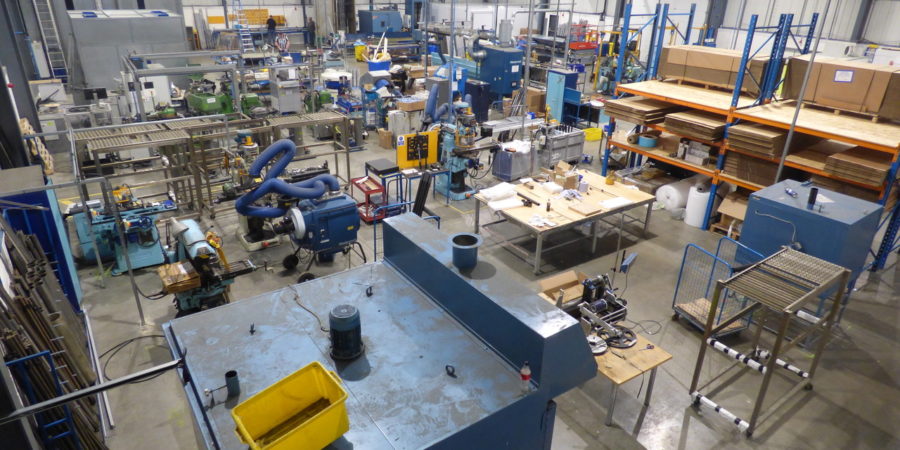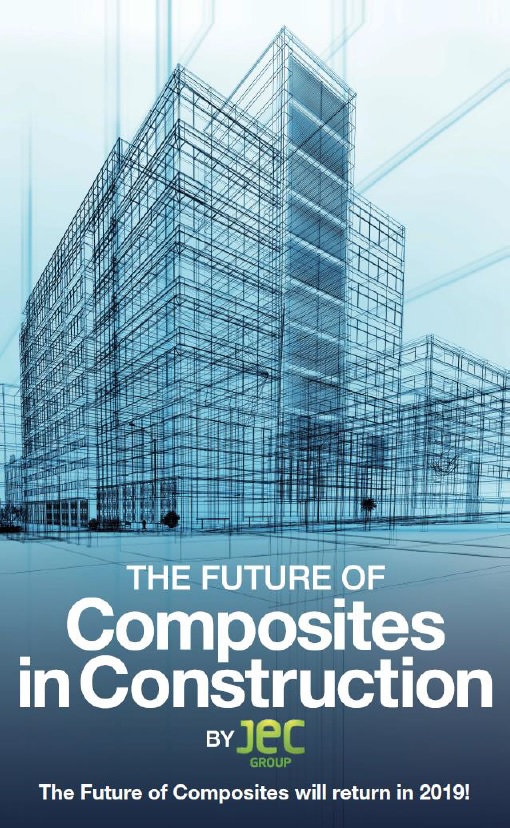The Future Of Advanced Composites In Civil Engineering Design

Composites are becoming more prevalent in the construction industry, and for good reason. The recent Composites in Construction event showcased just how successful the use of composites can be in building projects. From bridges to buildings, composites are providing unmatched strength and durability.
One of the main benefits of using composites is their ability to withstand extreme weather conditions. With the increased frequency of natural disasters, such as hurricanes and earthquakes, using composites in construction can provide a much-needed solution.
Another benefit is their lightweight nature, which makes transportation and installation much easier. This also means that structures made from composites do not require as much support as traditional building materials, such as steel and concrete.
Composites are also highly resistant to corrosion and do not require regular maintenance, making them a long-lasting and cost-effective solution for construction projects.
Furthermore, composites can be tailored to suit specific design requirements. With the ability to mold composites into a variety of shapes, architects and engineers can create unique and eye-catching structures that cannot be achieved with other materials.
FAQ
What are composites?
Composites are materials made from two or more different materials that, when combined, create a new material with improved properties and performance.
What are some common uses for composites in construction?
Composites are commonly used in bridges, buildings, and infrastructure projects. They can also be used in reinforcing concrete structures.
What are the benefits of using composites in construction?
Composites provide strength, durability, and resistance to extreme weather and corrosion. They are also lightweight and customizable, making them an attractive option for architects and engineers.
Are composites more expensive than traditional building materials?
While composites may have a higher upfront cost, their long-term durability and low maintenance requirements make them a cost-effective solution for many construction projects.
In conclusion, the future of construction is looking bright with the increased use of composites. With their unmatched strength, durability, and customization options, composites are quickly becoming the go-to material for architects and engineers. If you are in the construction industry, it is important to consider incorporating composites into your building projects for a long-lasting and cost-effective solution.


Post a Comment for "The Future Of Advanced Composites In Civil Engineering Design"